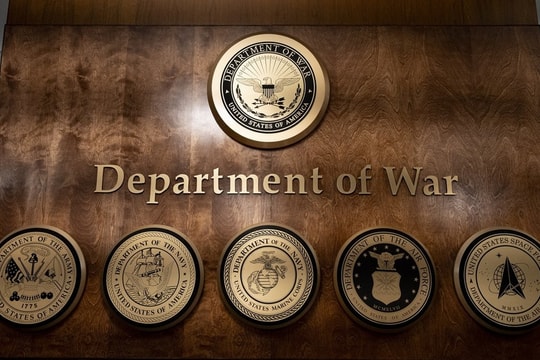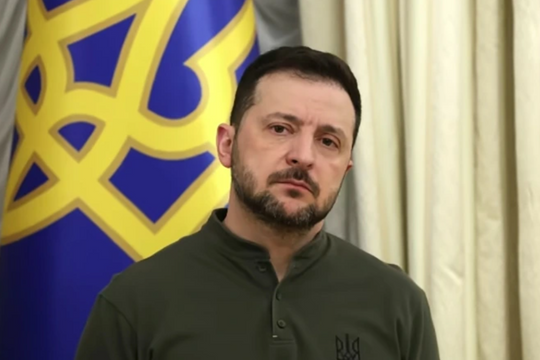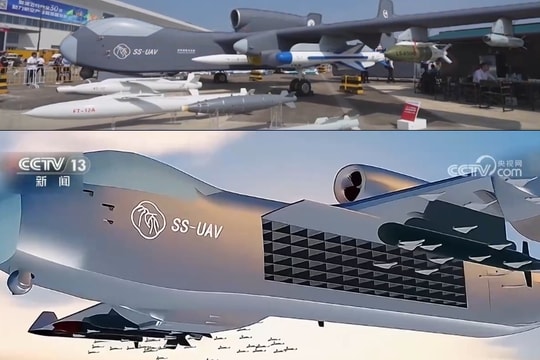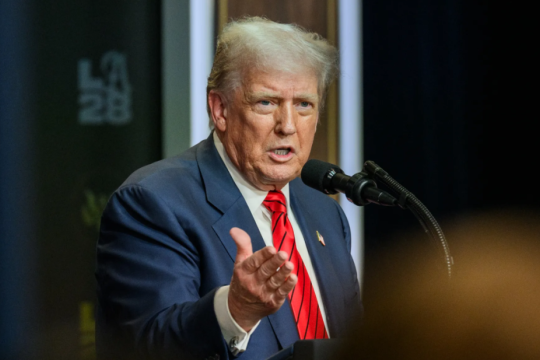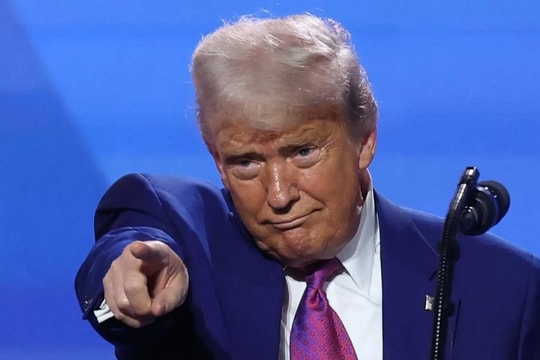(Baonghean.vn) - 72 years of construction and growth (December 22, 1944 - December 22, 2016), under the leadership of the Party and Uncle Ho, the Vietnam People's Army has written heroic revolutionary history pages. Below are images of important milestones of the Vietnam People's Army.
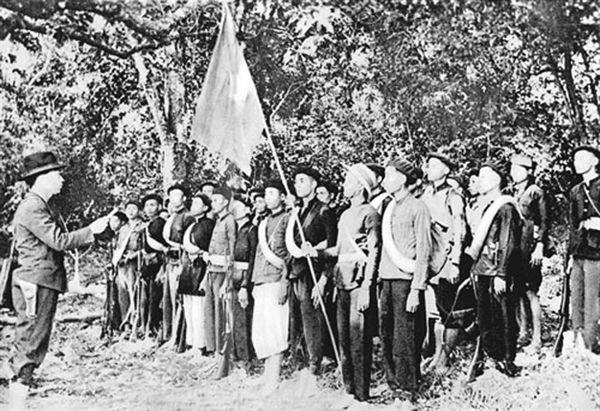 |
| Implementing the directive of leader Ho Chi Minh, on December 22, 1944, in the forest between Hoang Hoa Tham and Tran Hung Dao communes (Tam Kim commune, Nguyen Binh district, Cao Bang province today), comrade Vo Nguyen Giap announced the directive to establish the Vietnam Propaganda Liberation Army. |
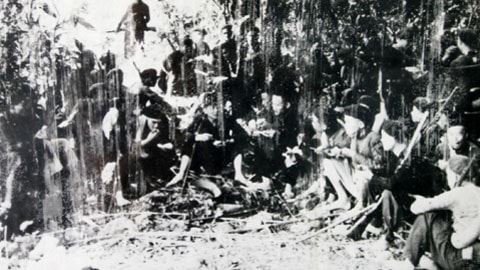 |
| Immediately after its establishment, the Vietnam Propaganda Liberation Army carried out two battles against the enemy's Phai Khat and Na Ngan forts. The first two victories created a great echo, encouraging the revolutionary movement in the base area, opening the tradition of fighting to destroy, fighting with certainty of victory, and winning right from the first battle of the Vietnam People's Army. (Photo: Dinner on December 22, 1944 of the Vietnam Propaganda Liberation Army before entering the battle against Phai Khat fort). |
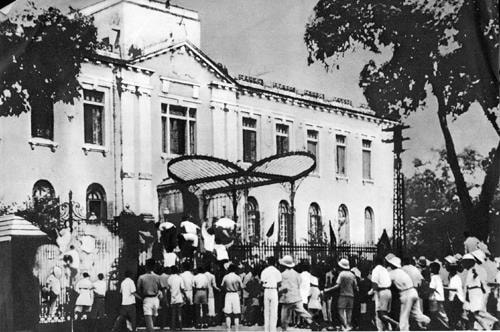 |
| On August 19, 1945, the whole of Hanoi was red with flags. Hundreds of thousands of revolutionary masses inside and outside the city carried sticks, knives, guns, machetes... and marched to the City Theater Square to attend a rally organized by the Viet Minh. The rally started at 11 o'clock. After the flag salute and the Marching Song, the representative of the Revolutionary Military Committee read the Viet Minh's call to uprising. The rally quickly developed into an armed march. The protesters divided into many groups, including self-defense units, marched to the streets, occupied the puppet government's agencies: the Imperial Commissioner's Palace, the City Hall, the Police Department, the Security Camp... |
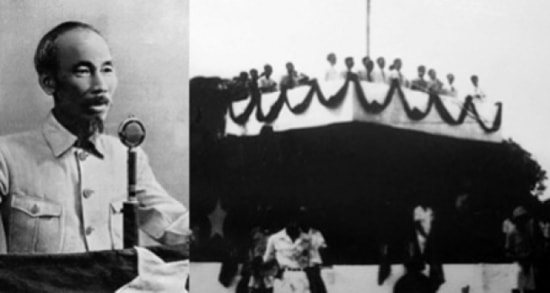 |
| On September 2, 1945, at Ba Dinh Square, Hanoi capital, President Ho Chi Minh, on behalf of the people, read the Declaration of Independence giving birth to the Democratic Republic of Vietnam - the first worker-peasant state in Southeast Asia. |
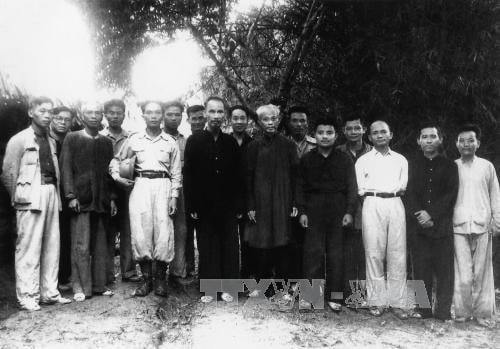 |
| On January 20, 1948, Uncle Ho signed a decree to confer military ranks on a number of leaders and commanders of the Army. According to this decree, comrade Vo Nguyen Giap was awarded the rank of General. General Vo Nguyen Giap (front row, third from left) next to President Ho Chi Minh, after the conferment ceremony of the rank of General, at Luc Ra, at the foot of Re Pass, on May 27, 1948. Photo: VNA |
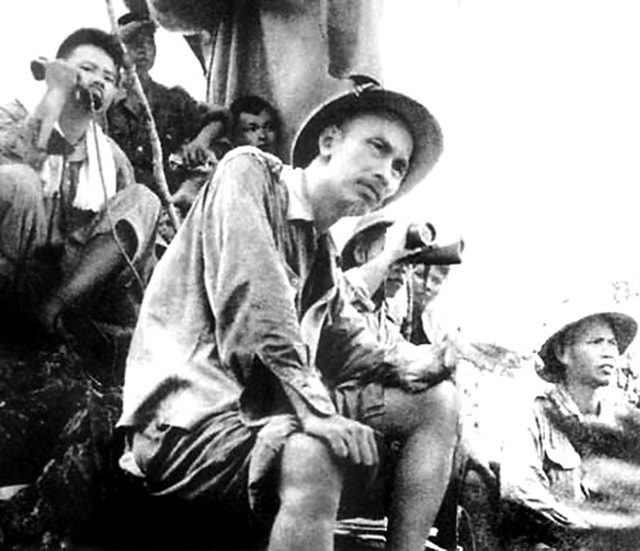 |
| After the victory of our army and people in the Autumn-Winter 1947 campaign, the French colonialists stepped up the consolidation and expansion of the East-West corridor, at the same time as the occupied areas in the Midlands and the Northern Delta, consolidating the northeastern border defense line. In that situation, in June 1950, President Ho Chi Minh and the Party Central Committee's Standing Committee directed the General Military Commission and the General Command to prepare the battlefield to decide to launch the Border Campaign. Due to the importance of the campaign, President Ho Chi Minh directly commanded the campaign to ensure victory. |
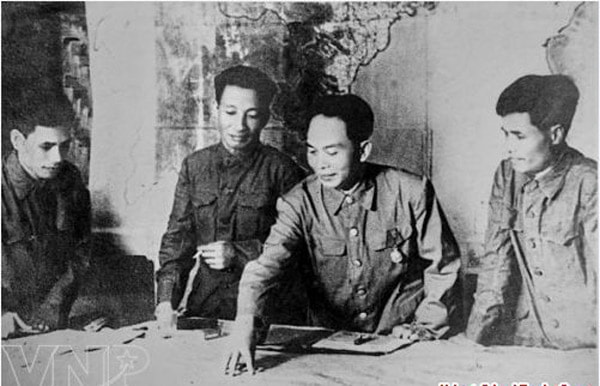 |
| To destroy the enemy's "Nava plan" and bring the resistance to a decisive victory, in September 1953, the Party Central Committee's Politburo met to discuss the military tasks of the Winter-Spring of 1953-1954. Based on the strategic direction of the Fourth Central Conference (January 1953), the Politburo advocated sending troops to the Northwest to operate, forcing the enemy to disperse their forces, creating an opportunity to destroy their vitality, while at the same time stepping up activities in other battlefields, preparing conditions to liberate the Northern Delta. |
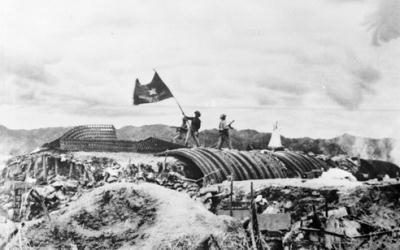 |
| After 56 days and nights of brave, resourceful, and creative fighting, our army and people destroyed the entire Dien Bien Phu stronghold, destroyed and captured 16,200 enemies, shot down 62 planes, seized 64 cars, and all of the enemy's weapons, ammunition, uniforms, and military equipment. May 7, 1954 became the anniversary of the victorious end of the resistance war against French colonialism. |
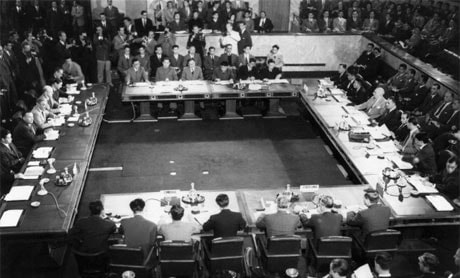 |
| After 75 days of negotiations, intellectual and physical struggles, which were extremely difficult, tense, fierce and arduous, no less than the battlefield, the Indochina Armistice Agreement was signed in Geneva (Switzerland). This event marked a great victory in the resistance war against France and, importantly, the independence, unity, sovereignty and territorial integrity of our country were pledged to be respected by all countries, including France. |
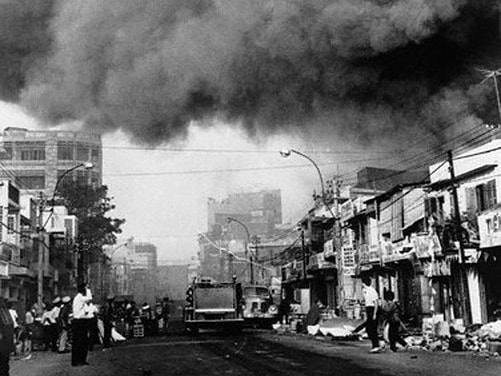 |
| The Tet Offensive and Uprising not only caused a great surprise to the US but also made the American public see that sending troops to war with great effort not only caused tension in American society, reduced welfare, caused many bad consequences for society... but still could not completely eliminate the enemy army, and in the future, the war would never end! This led to the conclusion that the US could not win the war in Vietnam. |
 |
| Years will pass, but the glorious victory of 12 days and nights smashing the strategic B52 raid of the American imperialists in the sky of Hanoi (December 1972) in the resistance war against the US to save the country will forever be recorded in the history of the nation as a shining symbol of revolutionary heroism and human intelligence of the capital of a thousand years of civilization. |
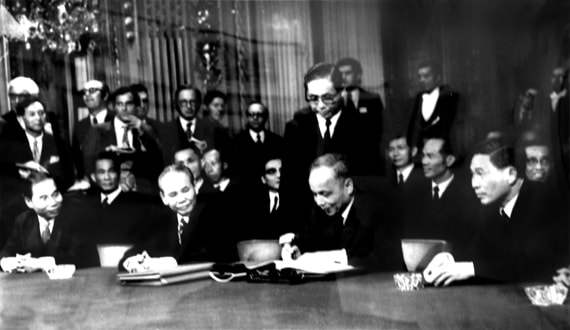 |
| On January 22, 1973, at the Clébe International Conference Center, at exactly 12:30 (Paris time), the Agreement to End the War and Restore Peace in Vietnam was initialed by Special Advisor Le Duc Tho and Kissinger. On January 27, 1973, the Agreement to End the War and Restore Peace in Vietnam was officially signed by the Foreign Ministers of the parties. Photo: Foreign Minister of the Democratic Republic of Vietnam Nguyen Duy Trinh signed the Paris Agreement on Vietnam (January 27, 1973). |
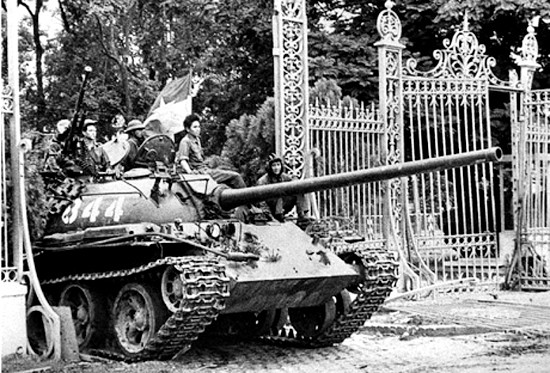 |
| The image of the tank with license plate 390 crashing into the Independence Palace affirmed the failure of the puppet government of Saigon. From that moment on, North and South were reunited, and the 17th parallel dividing the North and South was only history. |
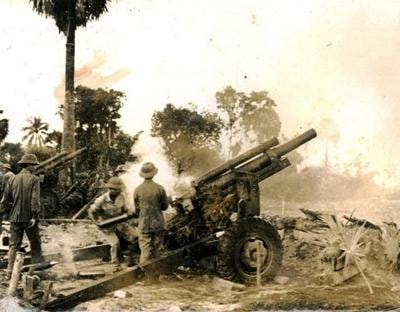 |
| The country had just quieted down after the war against the US, but the Khmer Rouge group in Cambodia did not want the Vietnamese people to have peace and stability. They sent troops to cause aggression and invade along the entire southwestern border. |
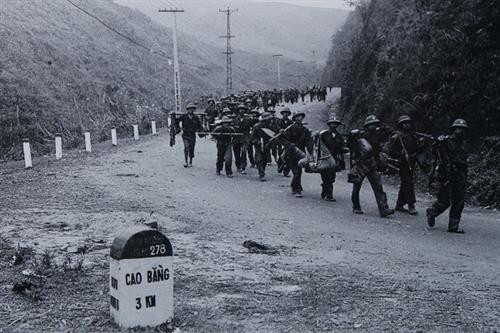 |
| The Vietnam-China border war broke out on February 17, 1979. During the war, our army and people won when China announced the completion of its withdrawal on March 16, 1979. Up to now, the documentary images of the war are not only a testament to history but also forever associated with the time of the Vietnamese people. |
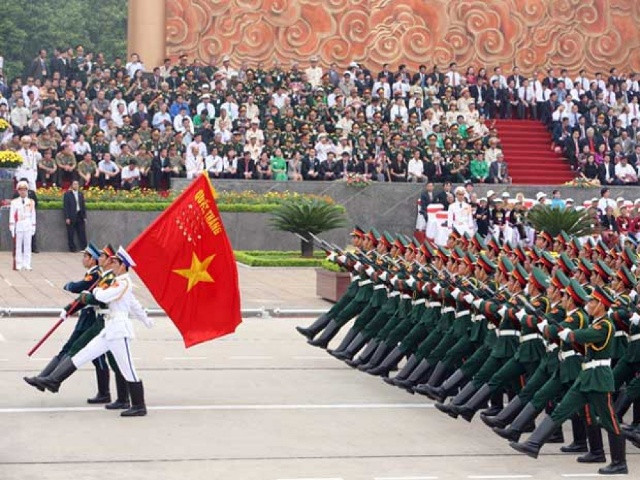 |
| 72 years have passed until now, many researchers in the world are still looking for answers to the miracles that the Vietnam People's Army has done throughout its history of building, fighting and growing. Until today, many researchers in the world still do not understand why an army was born without equipment, weapons; even without shoes to use, but immediately after its founding, it won a great victory, starting the tradition of a hundred battles, a hundred victories of the Vietnam People's Army. |
Kim Ngoc
(Synthetic)


















